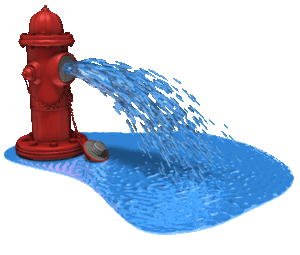Disaster Preparedness for Genealogists Past 3: Protect Precious Originals
 It’s time for the third part of our disaster planning process in honor of National Preparedness Month in the United States. Two weeks ago, I talked about assessing your home archive and research files and prioritizing the items you want to protect. Last week, we talked about making copies of important originals and other valuable items. This week:
It’s time for the third part of our disaster planning process in honor of National Preparedness Month in the United States. Two weeks ago, I talked about assessing your home archive and research files and prioritizing the items you want to protect. Last week, we talked about making copies of important originals and other valuable items. This week:
PROTECT PRECIOUS ORIGINALS. After you’ve duplicated your originals, take steps to preserve them. How exactly you do this depends on what you’re protecting; how much time and money you’re willing to spend; and how you plan to store or display them. The core strategy is to store them in appropriate archival materials away from direct light and extremes in temperature and humidity. No damp basements or hot attics! But what materials constitute safe storage are different for paper items, different types of photos or cloth, and electronic items, so you need to do a little research. (Hey, we genealogists are good at that!)
Several resources can help you learn more about giving your family artifacts the protection they need, including:
- Preserving Your Family Treasures webpage on working with originals at the Library of Congress website;
- Personal Archiving: Preserving Your Digital Memories webpage on working with digital images and documents, Library of Congress;
- How to Archive Family Keepsakes by Denise May Levenick, available as an ebook (on sale now!) or in print (also check out her blog, The Family Curator);
- Sally Jacobs’ informative and fun website, Practical Archivist;
- Guide to Collections Care, a free e-booklet with top-notch archiving advice from Gaylord, an archival supply company.
Disclosure: This article contains affiliate links and Genealogy Gems will be compensated if you make a purchase after clicking on these links (at no additional cost to you). Thank you for supporting Genealogy Gems!





